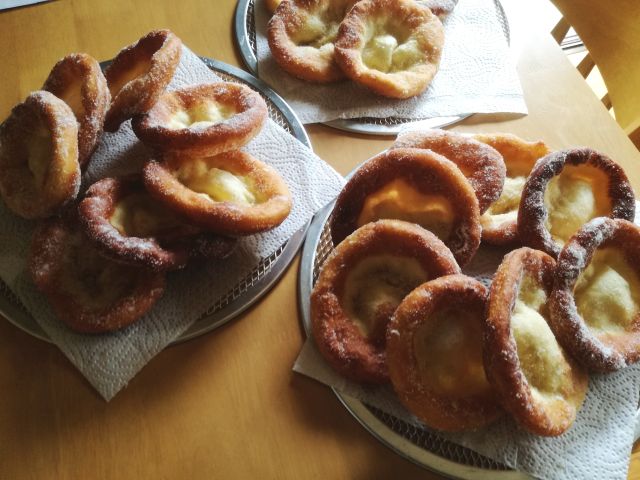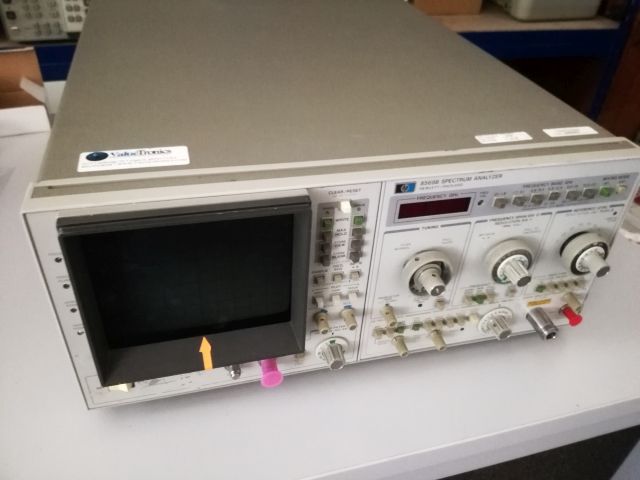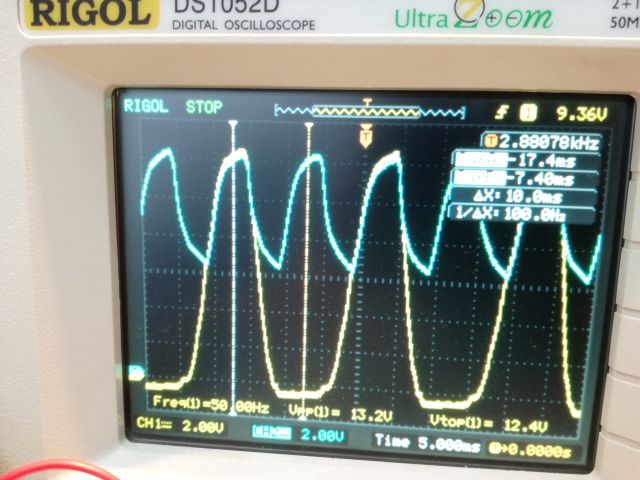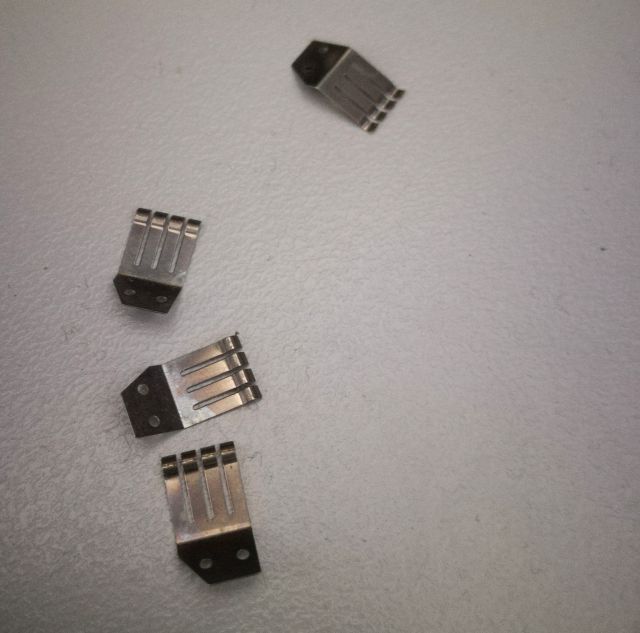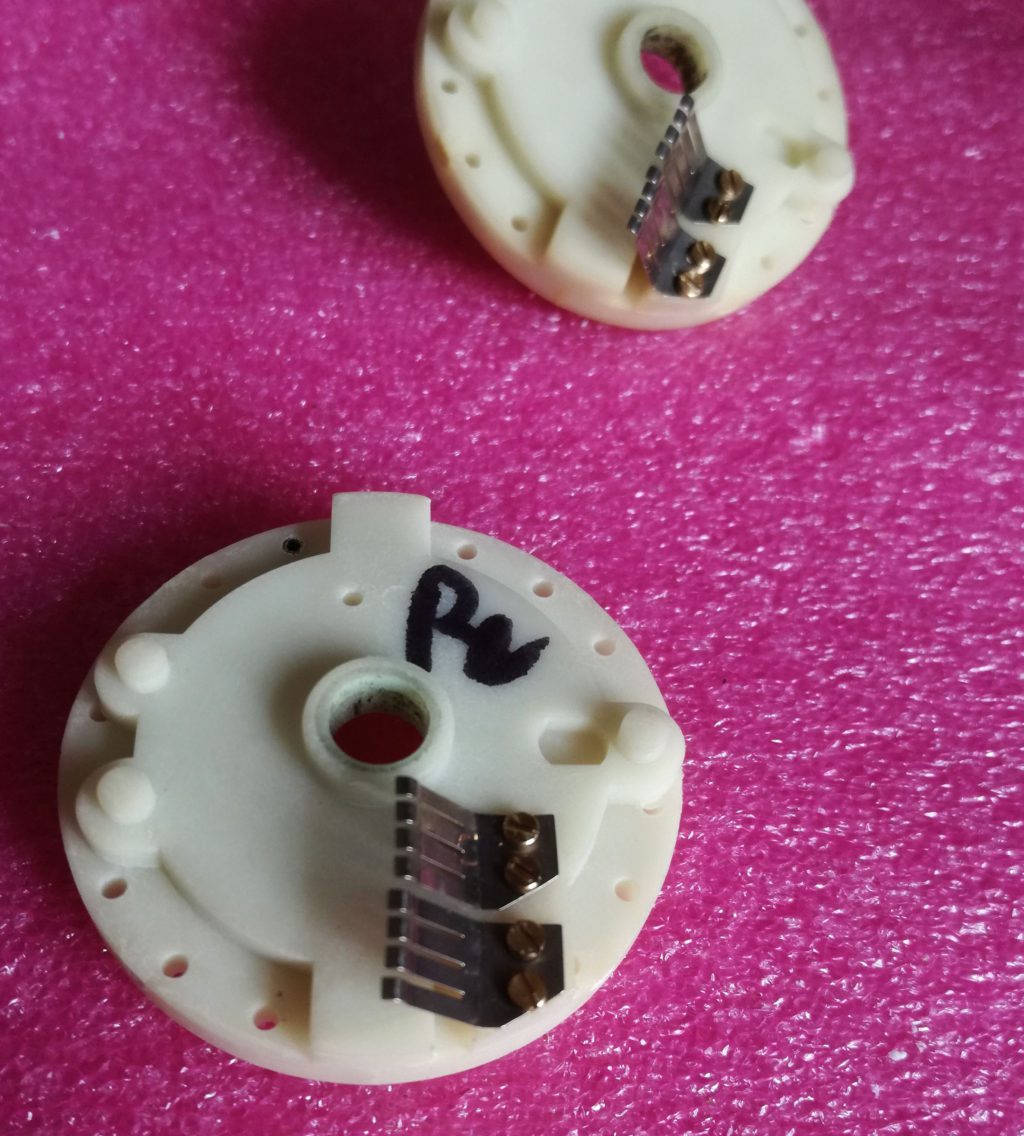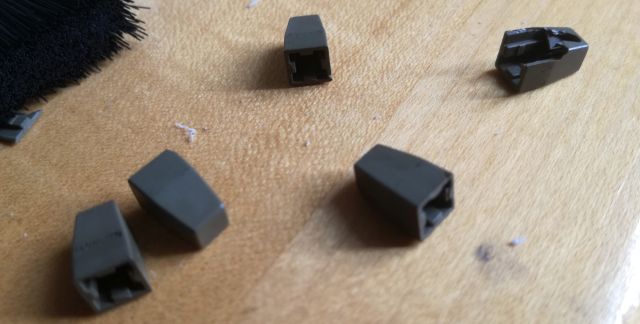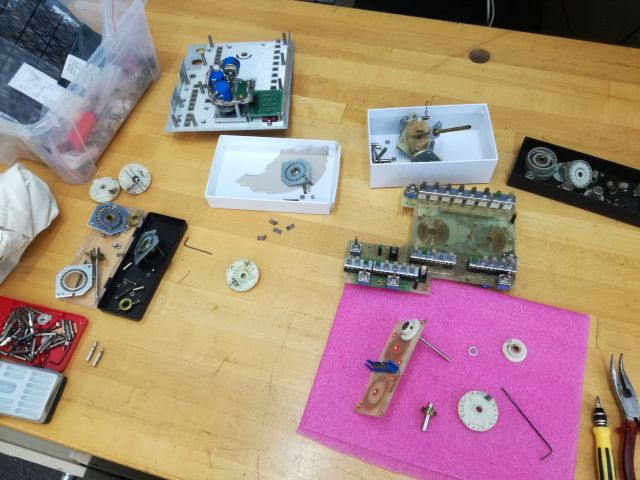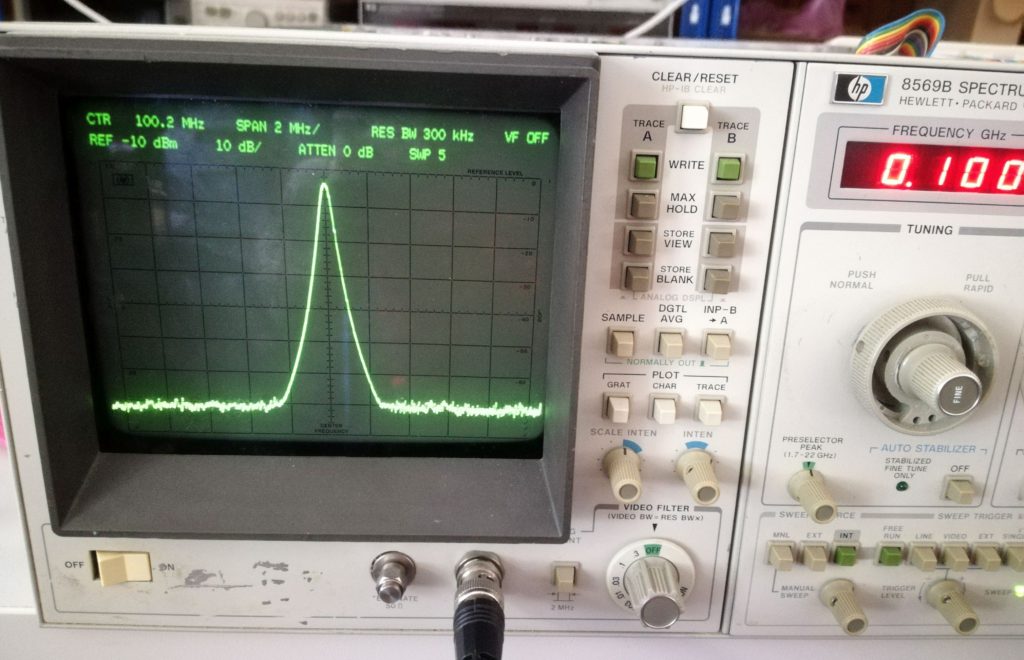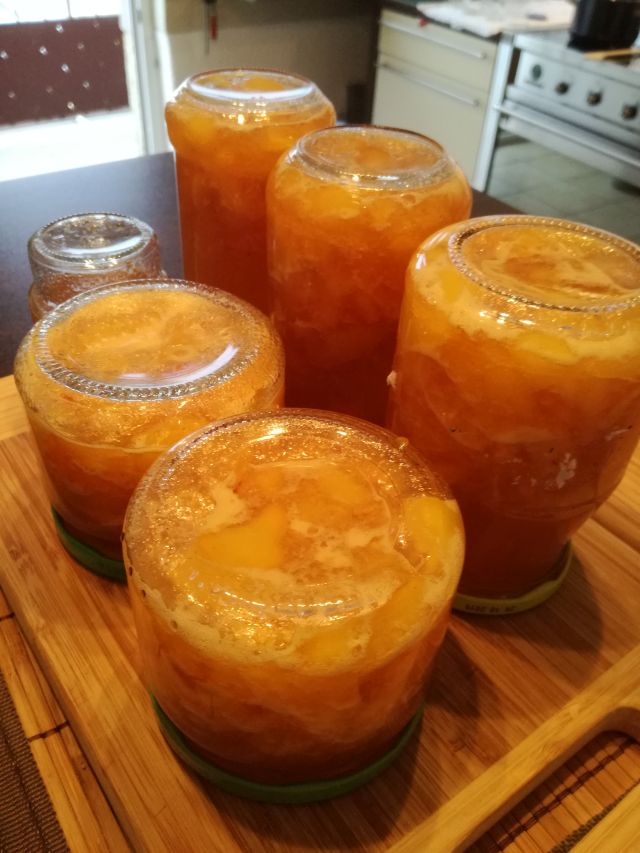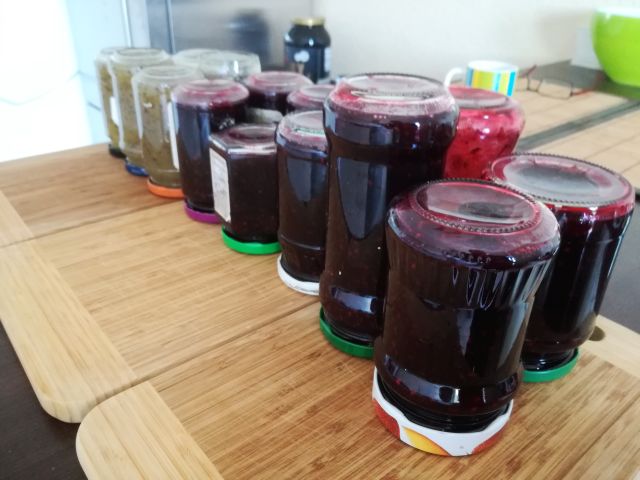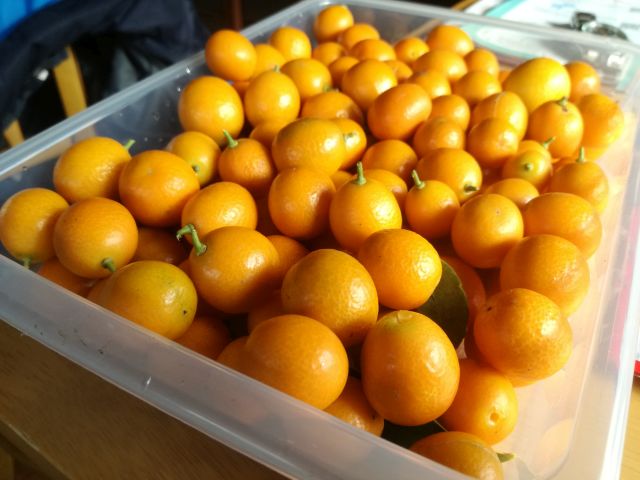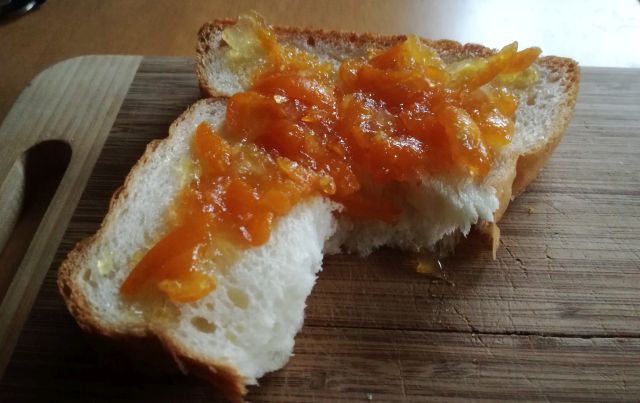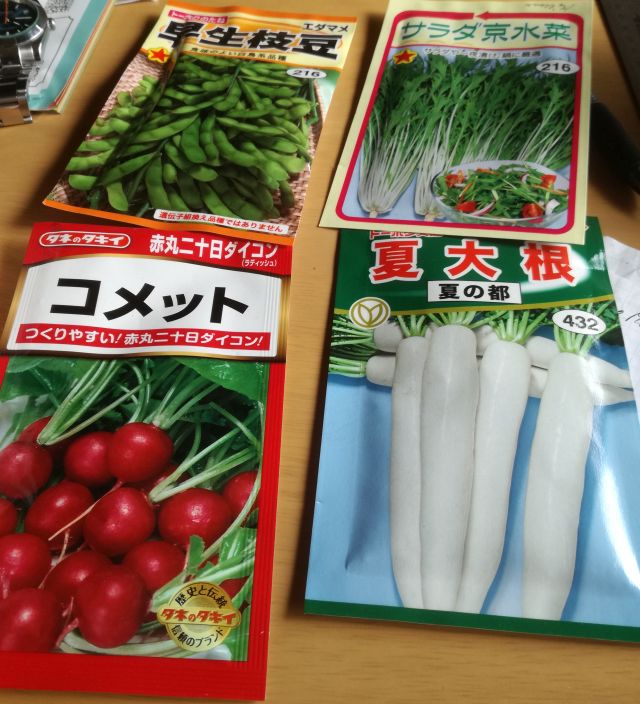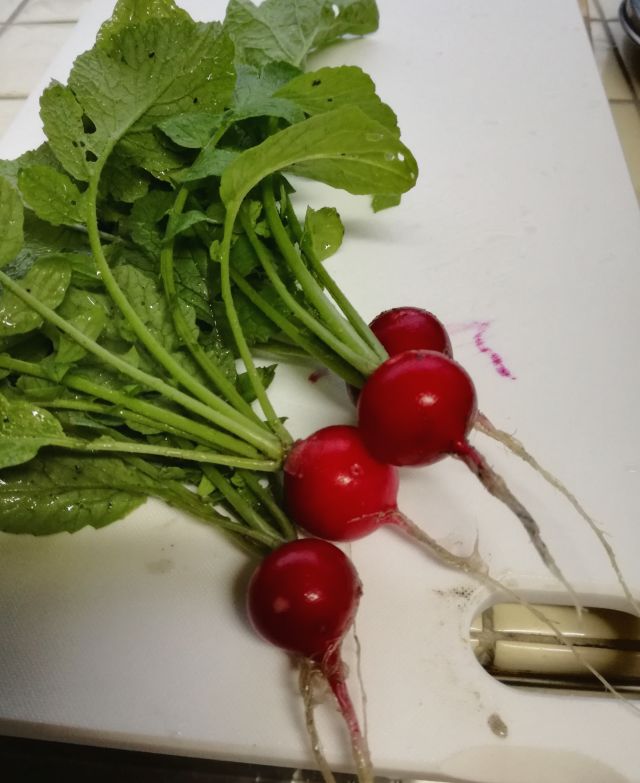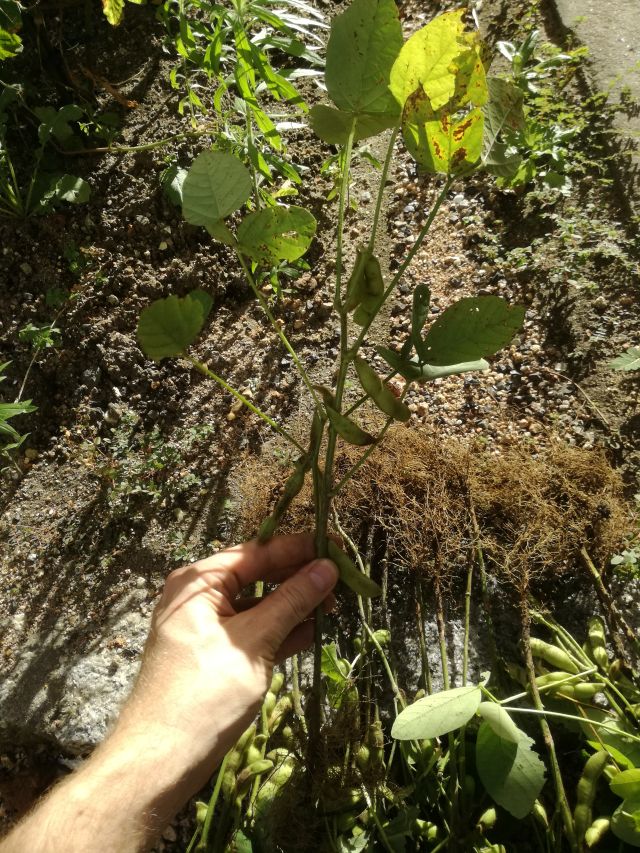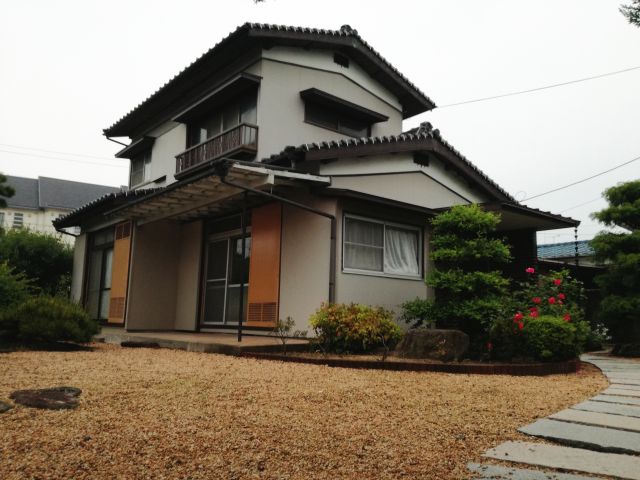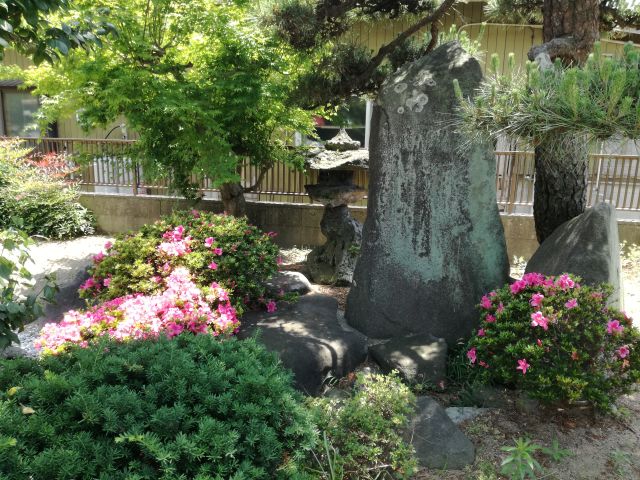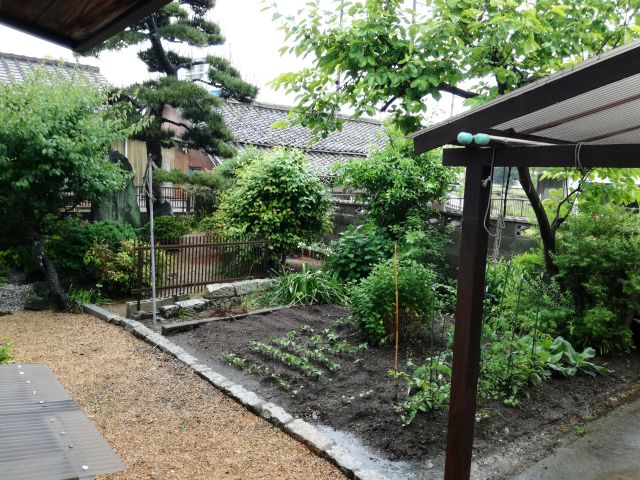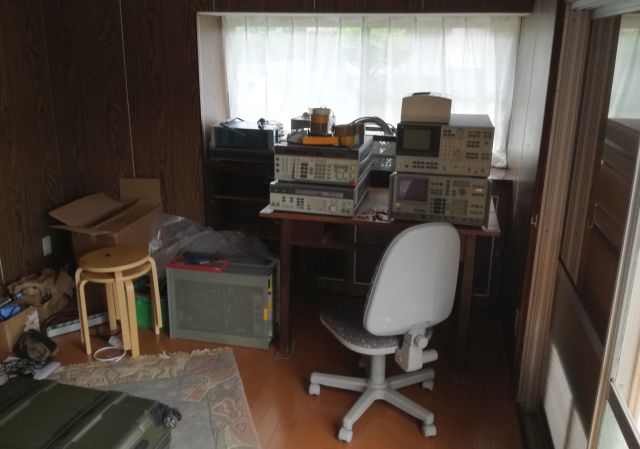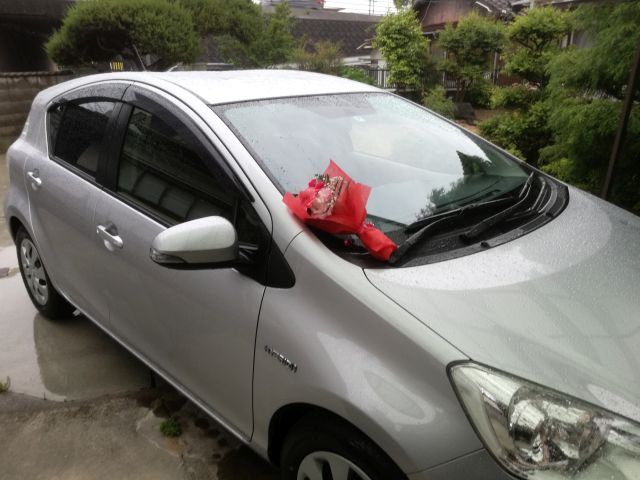One project for my new Japanese residence – a deck oven, to prepare pizza, baguette, and other baked goods, not only for myself, but also for friends, colleagues, etc.
Surprisingly, ovens, even regular household ovens, are virtually unknown in Japan. All is centered around microwaves and rice cookers, or fish grills, but nobody seems to need anything more than a small toaster oven. Well, for me, a well-working oven is absolutely essential for survival, to bake bread, pizza, and lasagne.
A deck oven, in contrast to a convection oven, transfers heat by contact and radiation more then by moving hot air around. There is a lot of science behind this, but we can leave the detail explanation to baking experts, anyway, if you want to bake a good baguette, bread, or pizza, you need a deck oven (which can have metal or stone floor – this one has metal, which is quite good for fast heat up and easy cleaning).
How to get a deck oven in Japan – it’s not easy, unless you want to pay thousands of dollars for a top brand professional imported German deck oven, or some high end Japanese equipment. Fortunately, China is close-by, and after some weeks of waiting, customs formality (You really want to import food processing equipment for use in Japan??? How come???), the big box arrived, about 100 kgs of metal and insulation. It is well build, some small shipment damage, but nothing that can’t be fixed, and it is recommended to inspect such equipment anyway, before you use it. It is from the Honglian company. YXY-10 gas deck oven, which can fit one large tray 50×60 cm easily, or three pizzas.
It has full electronic control of the heaters, digital display, high voltage pulse ignition, separate regulation of bottom and top temperature. All heavy duty. You can use steel or aluminum trays, or bake directly on a pizza mesh on the floor of the oven.
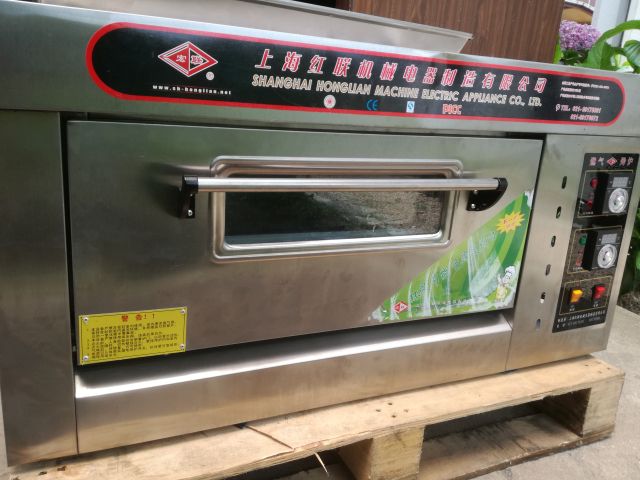
A lot of parts for little money!
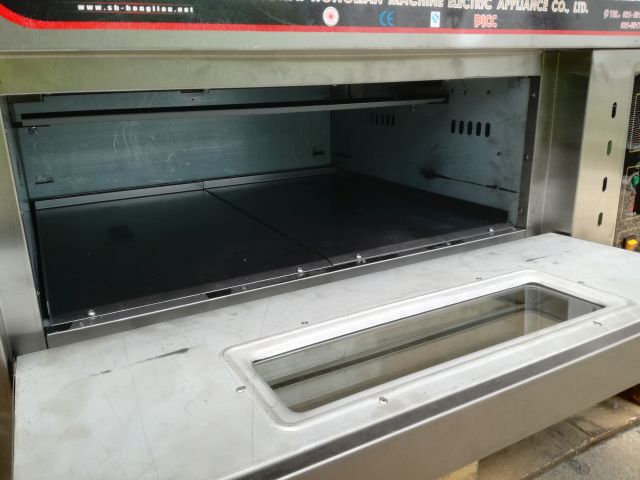
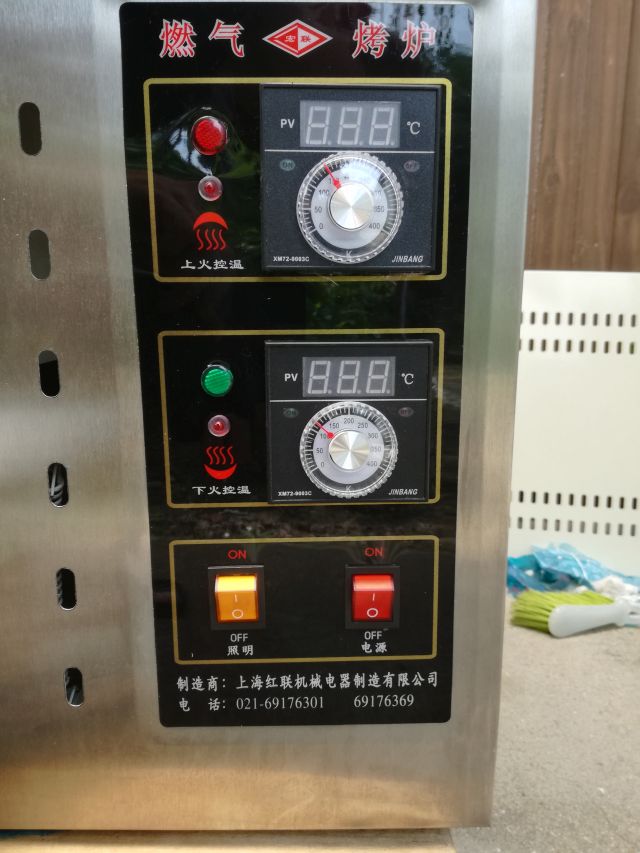
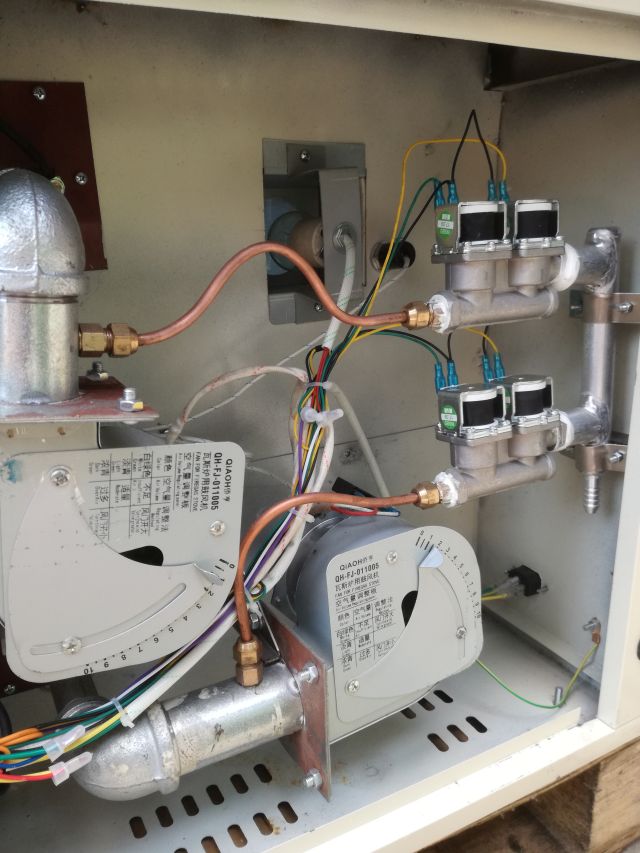
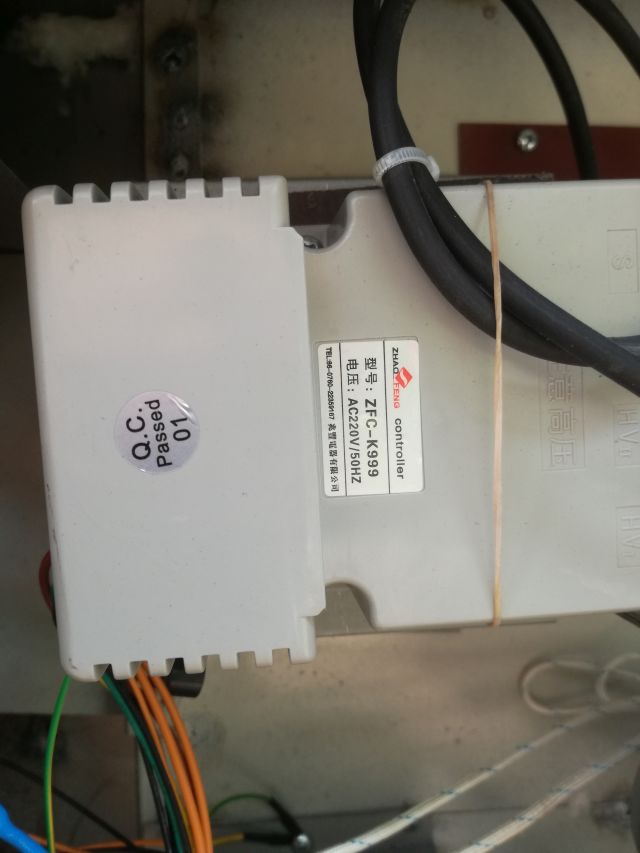
Clean out the dirt and residues from manufacturing before using it. Anyway, it is a good idea to run it for a while at high temperature to get rid of all the oils and chemical residues.

Still some more work to do before firing up, electric supply installed (oven designed for 220 Volts – I also want to operate it in Germany later, but Japan has 100 Volts only), but the gas supply system (LPG) still needs some work, stay tuned!

